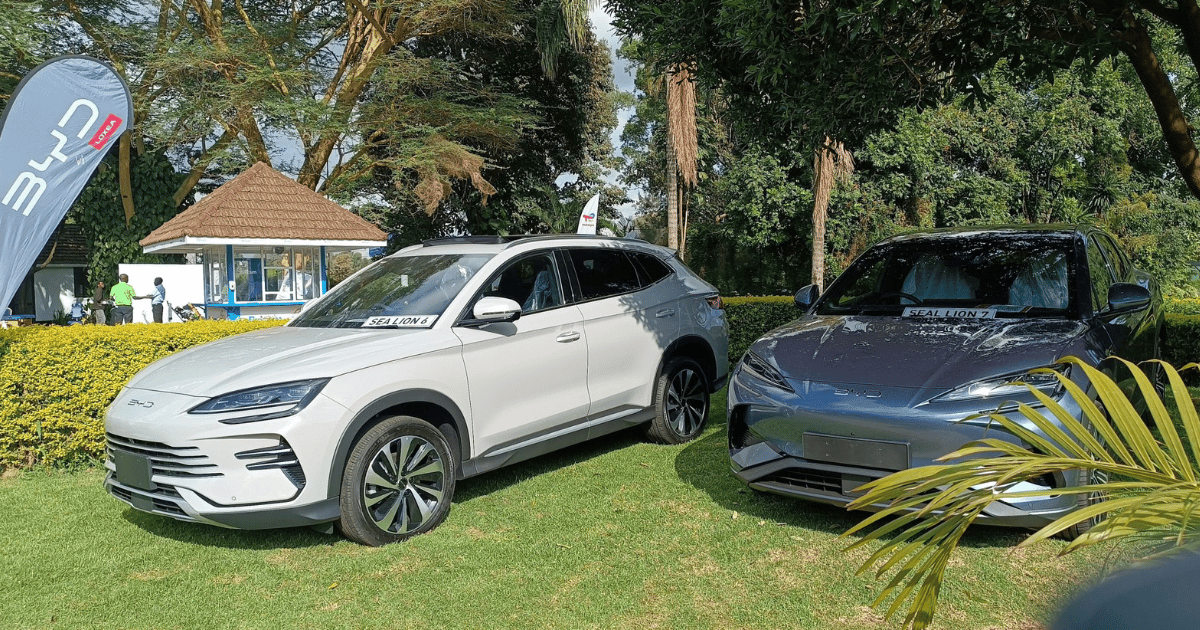- Mobility Rising
- Posts
- Price Index drops on lower vehicle and financing costs
Price Index drops on lower vehicle and financing costs

From the newsletter
Consumer prices in Africa’s electric mobility sector have declined by 0.21% in the past month as measured by the change in prices in a representative basket of products. They include electric motorcycle and electric car prices, consumer financing costs and fees for powering options. Prices are collected by our data analysts in East, West, North and southern Africa.
The Mobility Rising Price Index for July declined from 1,003.7 to 1,001.5. This is the first decline since we started tracking product prices in April.
The decline was mainly driven by lower vehicle and financing prices in Kenya and Nigeria and a slight decline in vehicle prices in South Africa. However, Kenya’s EV charging prices rose by 0.72% and Egypt’s vehicle prices increased by 0.51%.
More details
The biggest driver of the decline in July’s price index is the reduction of EV prices in Nigeria by an average of 1.29%. The main price drop was recorded by the Qore Caspian, whose cost went down from ₦40 million to ₦38 million. However, some brands raised prices, with Silitech’s electric Ginsu rising by 11.3%, almost four times the monthly average increase.
In Kenya, vehicle prices declined by an average of 0.35%, helping lower the index. However, charging prices went up steadily. For instance, Drivelectric, one of the leading charging companies in Kenya, has raised prices for four months in a row. The company charged Ksh 45 ($0.34) per unit in April, but has gradually raised prices to Ksh 56 ($0.43) in July. On the other hand, one of its close competitors, EVChaja, has slightly eased prices from Ksh 53 ($0.4) per unit to Ksh 51 ($0.39) during the same period.
The cost of financing also played a big factor in the index’s direction. In South Africa, we analysed rates charged by Absa, WesBank and Nedbank on EV loans. In July, Absa had the lowest rate, charging 5.43%, while WesBank had the second highest rate, charging borrowers 7.39%. At the same time, Nedbank charges the highest rate, rising to 7.83% annually for an electric car loan.
In Egypt, electric car prices went up significantly during the period, driven by high demand. The Volkswagen ID.6 saw a 2.1% price increase in Egypt during the month. In South Africa, the price of the Volvo EX30, which has consistently been the best-selling electric car in the country, reduced by 0.2% in July.
One key finding the index revealed is that vehicle and financing prices are volatile, especially in South Africa and Kenya. However, charging prices are more stable, especially in South Africa, where electricity prices are adjusted annually.
For consumers, the hope is that these three key products – vehicles, loans and electricity – will come down to make the cost of owning EVs lower. This could lead to higher sales, especially as the benefits of owning an EV become bigger compared to owning an ICE vehicle.
Our take
The rising vehicle prices in Egypt might temper the pace of adoption. The removal of import restrictions and taxes could spur EV sales in the North African country, whose high electrification rate makes accessibility to charging easier.
The continued increase in the cost of DC fast charging in Kenya shows that there should be a greater emphasis on AC chargers for overnight charging at homes and workplaces, potentially leveraging renewable energy sources and lowering costs.
Nigeria needs targeted incentives to reduce its prohibitively high EV loan rates. At rates of between 32–34% annually, financing is out of reach for most. Access to cheaper loans will enable many Africans to afford EVs.